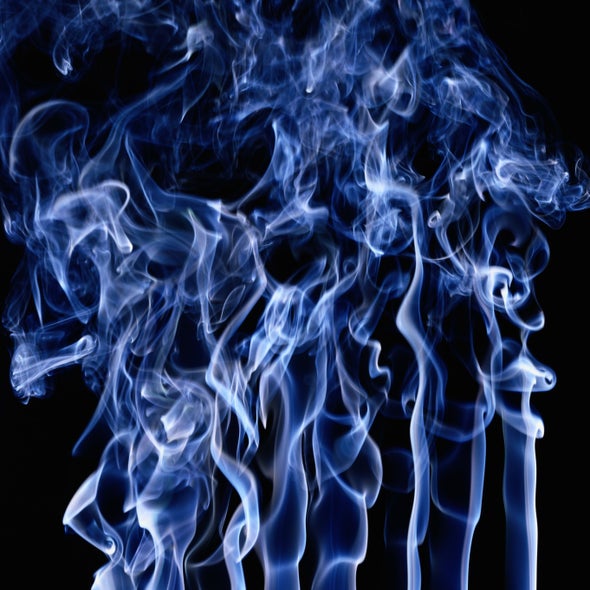This is Scientific American's 60-second Science, I'm Steve Mirsky.
A year ago I reported on a study about an increase in fatal traffic accidents on April 20th, 4/20—a date considered somewhat of a holiday by marijuana aficionados. That study was in the journal JAMA Internal Medicine and it used data from the U.S. National Highway Traffic Safety Administration. The researchers looked at fatal accidents on 4/20 between 4:20 P.M. and 11:59 P.M. from 1992 to 2016, and they compared that date's data with the day one week before and one week after. They found a 12 percent increase in the relative risk of a fatal traffic accident after 4:20 PM on April 20—4:20 P.M. being the time that a lot of pot smokers like to light up on 4/20.
The paper caught the attention of McGill University epidemiologists Sam Harper and Adam Palayew.
"I should say, at first I thought the paper was intriguing."
Sam Harper, on the phone from Montreal.
"I think the most fundamental difficulty with the JAMA paper was really the large magnitude of the effect size, given what we already know about impaired driving, so ... in order to increase the national rate of fatal accidents by something like 12 percent would require either a really large segment, as much as 15 percent of the population, to be driving while high after 4:20 P.M. on 4/20, or really, really incredibly high relative risks of driving after the kind of cannabis consumption that you might have had on 4/20. So I think this was actually a hard case to make substantively."

Harper and Palayew decided to dig deeper.
"So one way to test this is to see whether this elevated risk persists if you compare 4/20 not just to the same day one week before and after, but, for example, to the same day two weeks before and two weeks after—or to every other day of the year—and that's part of what we did. And when we did these sorts of additional tests we found very little evidence of any elevated risk on 4/20."
"And then the last thing we did was we also looked at this question of whether certain days showed persistently high risks year after year. I mean that's another way of trying to assess whether or not something is really robust. So again, when we did this we found very little evidence that there is any kind of sustained effect of 4/20—not even for recent years when I think this has become a more popular event."
"But you know, very well-established holidays like July 4th, weekends around Thanksgiving and Labor Day, these things show very reliable excess risks of fatal crashes basically every year since the data started being collected in 1975."
Harper is careful to say they were not "debunking" the original research.
"That's not the way I see it. I see it as these guys had an interesting idea, and now what we did was poke a little more deeply, look at it a little bit more carefully, and maybe we find it's not so robust. And that's kind of interesting—that's the way the process should work, I hope."
For Scientific American — 60-Second Science. I'm Steve Mirsky.













